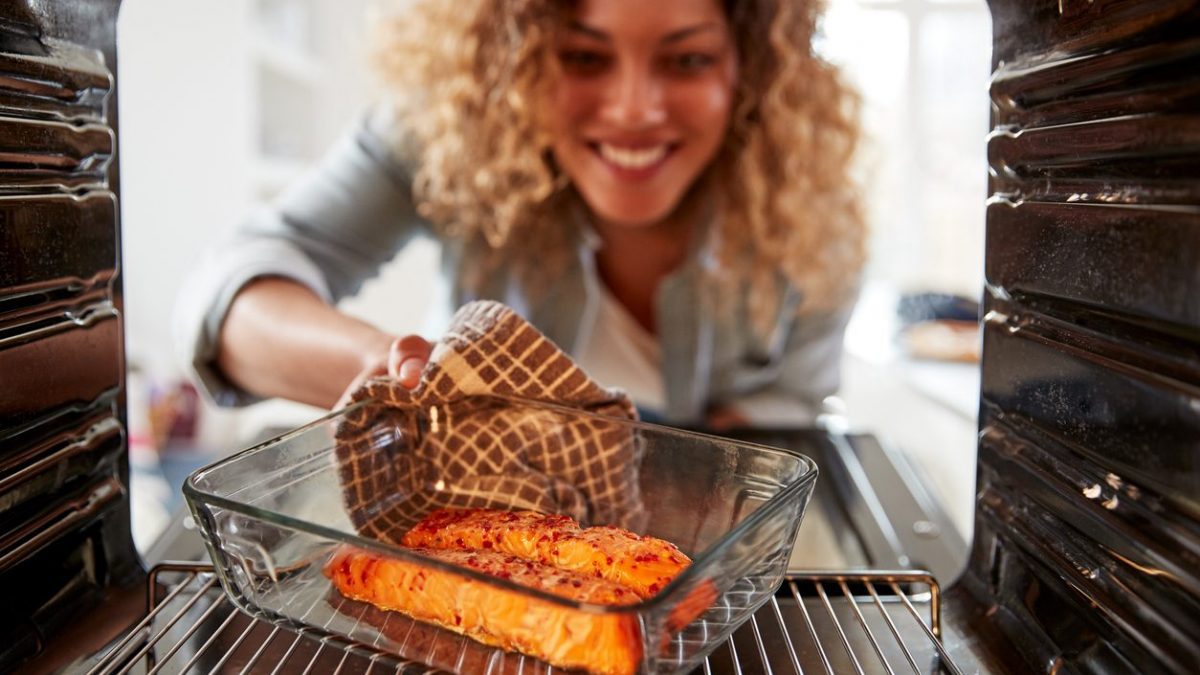
Convenient, extremely convenient, perhaps too convenient. Oven cooking is one of the most common, easy, and versatile ways to cook, done almost without thinking. Yet, it's happened to everyone: replacing the old oven with a new one is a new challenge in the kitchen, because simply following the directions in a recipe or doing what you were used to isn't enough to achieve the same satisfying dish. There are some common mistakes we tend to make precisely because we're so familiar with the appliance, and they're most noticeable when we replace it. Let's see what they are—we'll point you to 9—and how easy it is to fix them.
1. Always Preheating or Never Preheating
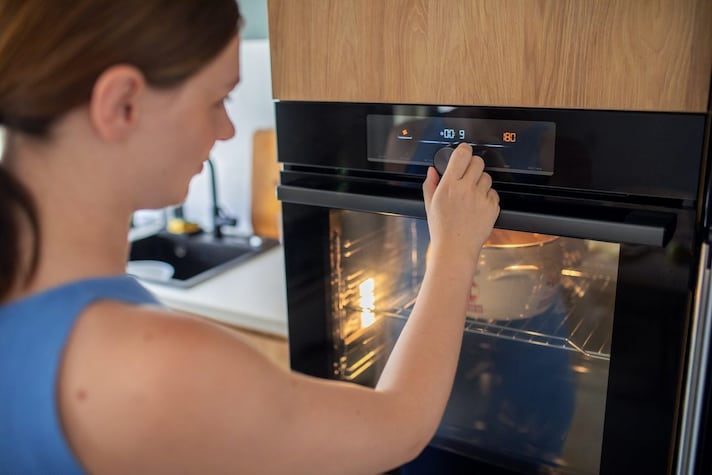
It's often said that preheating the oven is one of those virtuous practices that allows food to cook more evenly. In reality, this is only partially true. Some preparations, in fact, require this operation to receive a thermal shock, with the heat promoting leavening and browning: this applies to pizza, focaccia, bread, cream puffs, soufflés, but also to shortcrust pastry and brisée. On the other hand, for flans, baked pasta, timbales, roasts, and fish, it is not necessary, and the trays can be inserted cold, allowing them to cook gradually.
2. Misusing the Different Functions
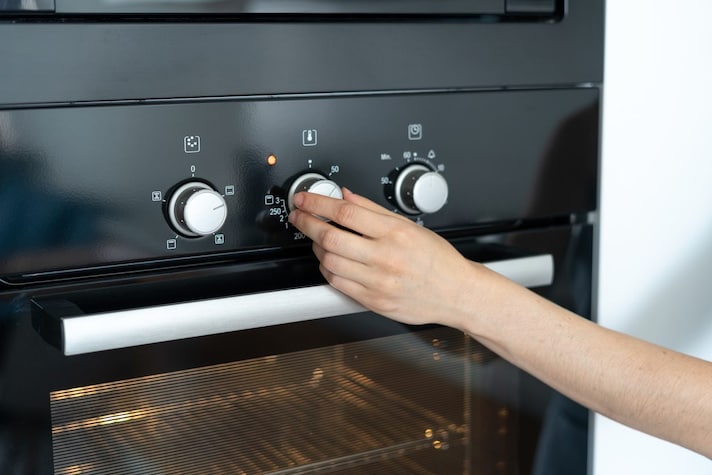
Static or fan-assisted? With or without a grill? By now we've learned that the oven offers a wide range of functions that guarantee targeted performance depending on the recipe. A fan-assisted oven, which cooks faster and more "aggressively" thanks to the heat that surrounds the food, isn't always the best option. A static oven, for example, is the ideal ally for foods that need to be thoroughly dry on the inside, preventing them from remaining raw or too wet, such as brioche, bread, and cakes. A roast or fish, on the other hand, would risk becoming stringy, with the meat drying out. For a perfect gratin, however, the grill appears: just turn it on for a few minutes and you're done.
3. One Shelf is Not as Good as Another
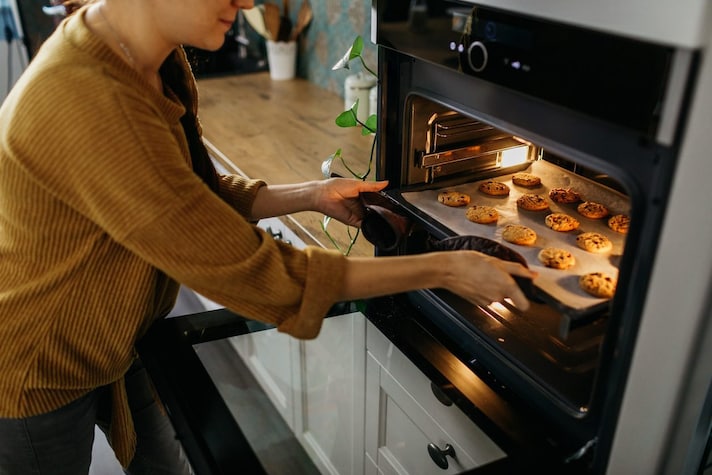
One of the most underrated details: baking trays are always placed in the center, so that the heat reaches them evenly. Although this is a versatile solution, it is possible to vary it based on the result you want to achieve: a savory pie with a crispy base can find an excellent ally on the lower shelf, just as the final cooking stage of lasagna can benefit from the upper one to create a delicious crust.
4. Cutting Foods Randomly
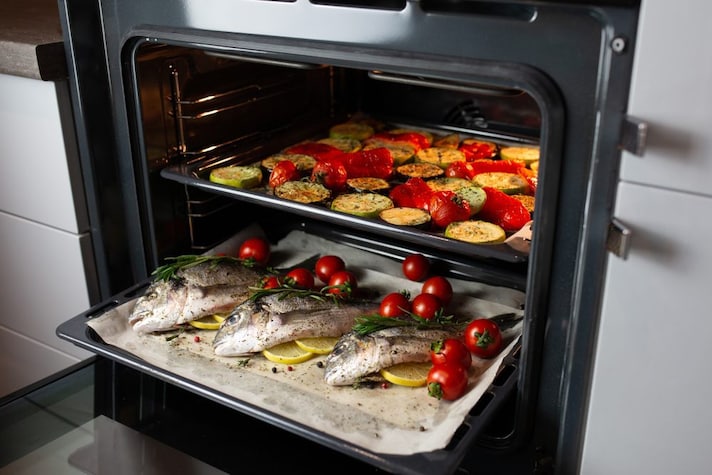
The zucchini and tomatoes are overcooked, while the potatoes are still raw. To ensure even cooking, especially when using mixed vegetables (see mixed baked vegetables), a rule to keep in mind is that the cut affects the yield, both in size and shape. Ideally, when dicing, potatoes, turnips, Jerusalem artichokes, and fennel should be similar in size, and cut into wedges to keep them firm. A trick for potatoes is to boil them for 1-2 minutes before baking, so they have a soft interior and a crispy exterior.
5. Using Too Little (Or Too Much) Fat
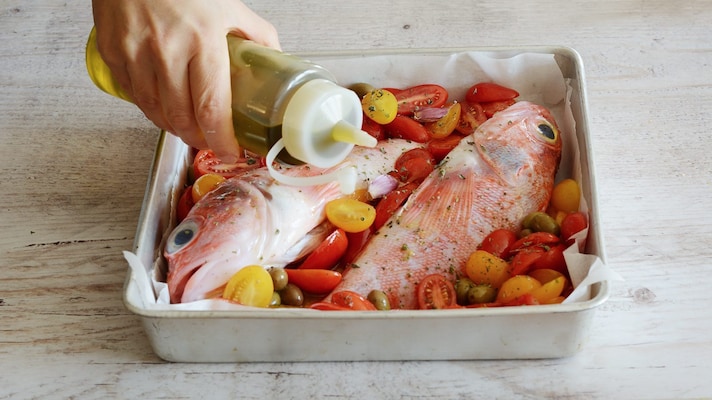
Oven cooking tends to dry out foods, so it's helpful to oil or butter them, but be careful not to overdo it: when it comes to vegetables, not all absorb seasoning equally—just think of the sponge effect of eggplant. For roast chicken and roasts in general, the cooking juices come to the rescue, coating the meat as it cooks. If the cut is lean, then you can opt for a coating with lard, pancetta, or speck, which release fat, adding tenderness and added flavor to, for example, a chicken roulade. With fish, wrapping it in foil will preserve the tenderness of the flesh thanks to the steam, without adding excessive seasoning.
6. Leaving Out Spices and Herbs
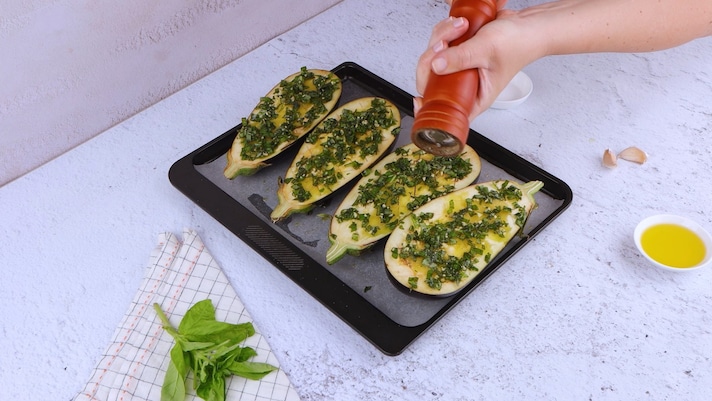
The delicious aroma of baked potatoes? That of the sage, thyme, and rosemary they're enriched with. And this isn't the only time herbs and spices enhance aromas and flavors. They can be chopped and mixed to create emulsions with oil and pepper to brush on, or wrapped in bunches to be removed at the end. For example, stuffing the belly of a whole fish with a clove of garlic, lemon and ginger slices, and sprigs of thyme adds an extra touch to delicately flavored meats, like sea bream and sea bass.
7. Overfilling Baking Trays and Casserole Dishes
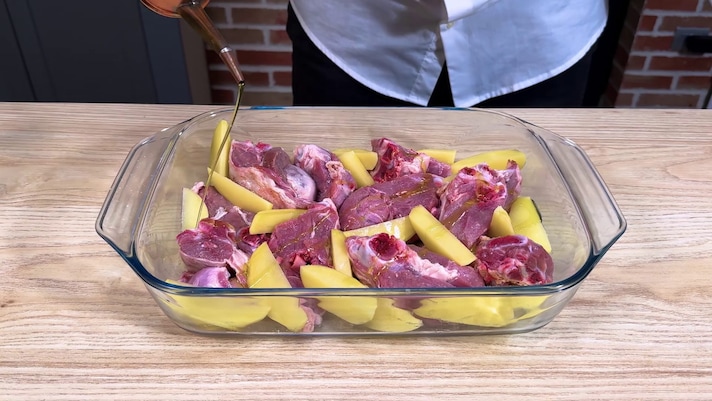
The temptation is always there: to optimize time, the amount of food to wash, and the quantity by crowding baking trays and baking dishes with food. Unfortunately, this is a shortcut that penalizes textures: it's not recommended to stack foods on top of each other when you want even cooking, avoiding hard and soft parts.
8. Leaving Food in The Oven
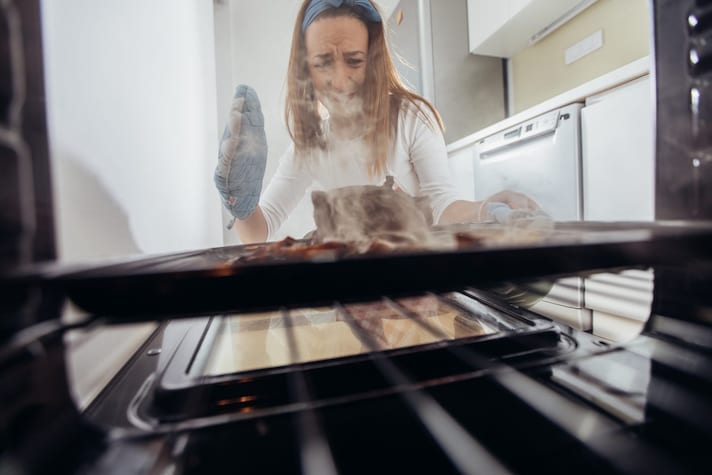
"Once it's in the oven, I don't think about it anymore." Setting the timer for the indicated time and completely forgetting about the recipe is possible once you've gained a lot of confidence, but it's best to check the state of things several times. In particular, when placing the pans on the highest or lowest shelves, you need to be careful of high temperatures that could burn the outside or the base. The grill, for this reason, also needs to be monitored.
9. Opening the Door
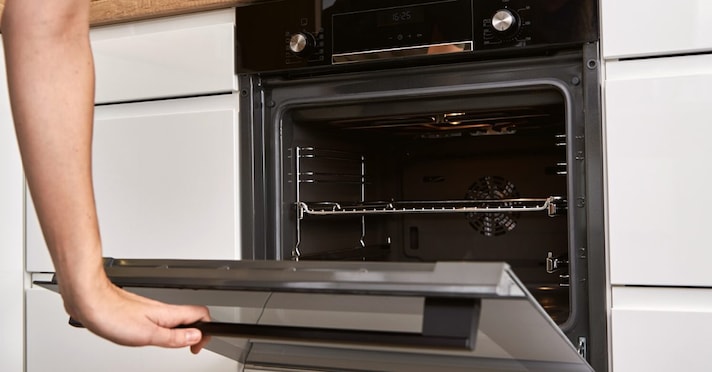
Closely related to the previous one, but at opposite ends of the spectrum: while some people forget, others check every five minutes to see how it's progressing, perhaps by opening the door. Wrong: because it causes heat loss, lowering the temperature that must return to normal when the door is closed. This not only affects certain preparations (especially those that need to rise, such as leavened products, choux pastry, and soufflés), but also lengthens the cooking time, resulting in greater economic waste.
;Resize,width=767;)
